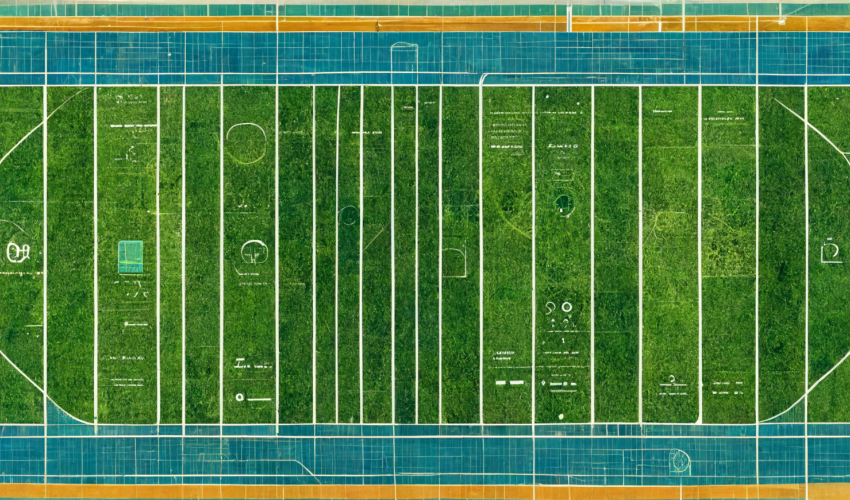Digital Twin: Current success stories and future uses
What is a digital twin in 2022?
Digital twins have been around for two decades, but only recently has there been an upturn in companies leveraging this technology. Because so many companies are realizing the incomparable benefits of using digital twin technology, it makes sense that by 2028, the global digital twin market is projected to reach 86 billion USD.
Digital twins are virtual clones of physical entities (e.g. a device, a machine, even a city) that are used to enhance the experience that the actual physical unit can provide. In manufacturing, for example, IoT sensors can be attached to a standard operating machine so that the machine’s digital twin can receive real-time data about its functionality. This data can be used to then program the digital twin to perform preventative maintenance checks on the physical machine– this ensures that the machine is well-kept, successfully performing, and it also saves manufacturers a lot of money on replacement costs. Digital twins rely on IoT, AR, VR, and 3D technologies to help with accurately replicating the physical object.
In 2022, we are seeing digital twins used in a variety of sectors, predominantly, in manufacturing, automotive, construction, and healthcare. A new car can be test-driven and modified in its digital twin pre-production, and the digital twin of a new building can show how the space is being used post-production. For organizations looking to launch a new product, this technology can follow the entire life-cycle of a product, from design, production, operation, and disposal. Digital twins offer safety, flexibility, and insight for all fields because they share the same core goal: being able to simulate and manipulate a physical entity in the safety of a virtual environment.
Success Stories
Overall, digital twins are great for cutting costs during prototyping, streamlining design, and reducing the time it takes to enter a product to market. Large enterprises and even city planners are using digital twins to achieve their innovative goals. Let’s review four recent and successful digital twin deployments.
- SoFi Stadium
Los Angeles’ 70,000-seat sport and entertainment venue is the first major stadium to use digital twin technology. Even with a stadium that grand, SoFi’s management team decided to create a digital twin of the arena in order to improve efficiency when hosting such large-scale events (like the SuperBowl that was won in SoFi Stadium this year!) This virtual model of SoFi Stadium was created by Willow, a digital twin company, and has already offered insight into the needs of the physical facility. Chan Onechanh, SoFi Stadium and Hollywood Park’s Vice President of Engineering, Parking, and Transportation, expresses his gratitude for the stadium’s digital twin by sharing how beneficial it is to be able to get answers to any questions about the stadium all from one software platform. He explains that traditionally, if he wanted to know the square footage of a particular space, he needed to ask someone to find the architectural drawings from the specific room, or measure it all over again. With the digital twin, he is able to quickly see the square footage right in front of him. The data that the digital twin produces also provides the stadium’s management all the information needed to create a better visitor experience. - Tesla
Multinational car and clean energy company, Tesla, has proven their commitment to digital twin technology by creating a digital twin of every car they sell. They use sensors on physical models of their cars to create digital twins that can determine where there are issues with the actual cars before selling them. This data helps the company reduce costs in having to fix cars that are under customer warranty, and improves user experience, guaranteeing happier customers and future sales. - Roche Tower 2
The tallest building in Switzerland, the second of the Roche towers, Roche Tower 2 leveraged digital twin technology during its construction. Home to pharmaceutical firm Roche, the building itself stands at 673 feet. Digital twin technology was used for the entire life-cycle of this tower’s construction, allowing everyone involved in completing this large project to collaborate and safely and virtually explore the whole building in real-time. Even when the building was completed earlier this year, the digital twin still offered benefits like providing relevant technical data to continue sustainability efforts for the building post-production. - Carl’s Jr. and Hardee’s
CKE Restaurants Holdings, the parent company of fast food chains Carl’s Jr and Hardee’s, has implemented digital twin technology to improve efficiency in their chain restaurants. Having created hundreds of virtual copies of their restaurants’ kitchen spaces, CKE was able to identify the most optimal layout for their kitchens to be configured. The digital twins were able to provide visual data that solved for employee traffic as well as improving overall customer experience.
The future of digital twin
Because digital twins can be applied to so many different industries and physical entities, the future of this technology is imaginative, innovative, and at times controversial because of its boundless potential. Let’s look at two future uses for digital twin technology.
Digital twin and the metaverse
Fundamentally, there are similarities between digital twins and the metaverse: they both digitally represent the physical world. Managing Director at Accenture Technology Vision, Michael Biltz, describes the metaverse as a connective tissue that binds different worlds together, while digital twins represent the worlds themselves. Biltz gives an example by narrating a typical work day at a manufacturing plant– the worker wants to monitor a machine, order new parts for the machine, and then catch-up with a coworker. Engineers can create a digital twin for the machine and even the manufacturing plant itself, but the metaverse gives this worker the opportunity to engage in these digital tasks and socialize with a peer in one virtual universe. In other words, digital twins have the potential to exist in the metaverse where they can be used just like they do here in the physical world.
Digital twin for the human brain
An ambitious, yet realistic, effort in the digital twin world is creating a digital twin for the human brain. This can feel distantly futuristic but it is presently in the works thanks to the EU-funded project, Neurotwin. The overall goal for this large-scale digital twin project is to simulate human brains in order to predict the best treatments for medical conditions like Alzheimer’s and epilepsy. If successful, this digital twin application can forever change healthcare, and more importantly, the lives of the humans who suffer from these conditions.
Looking to incorporate digital twin technology for your company? Need to talk with a team of experts who can support your organization’s vision? Connect with us here.

